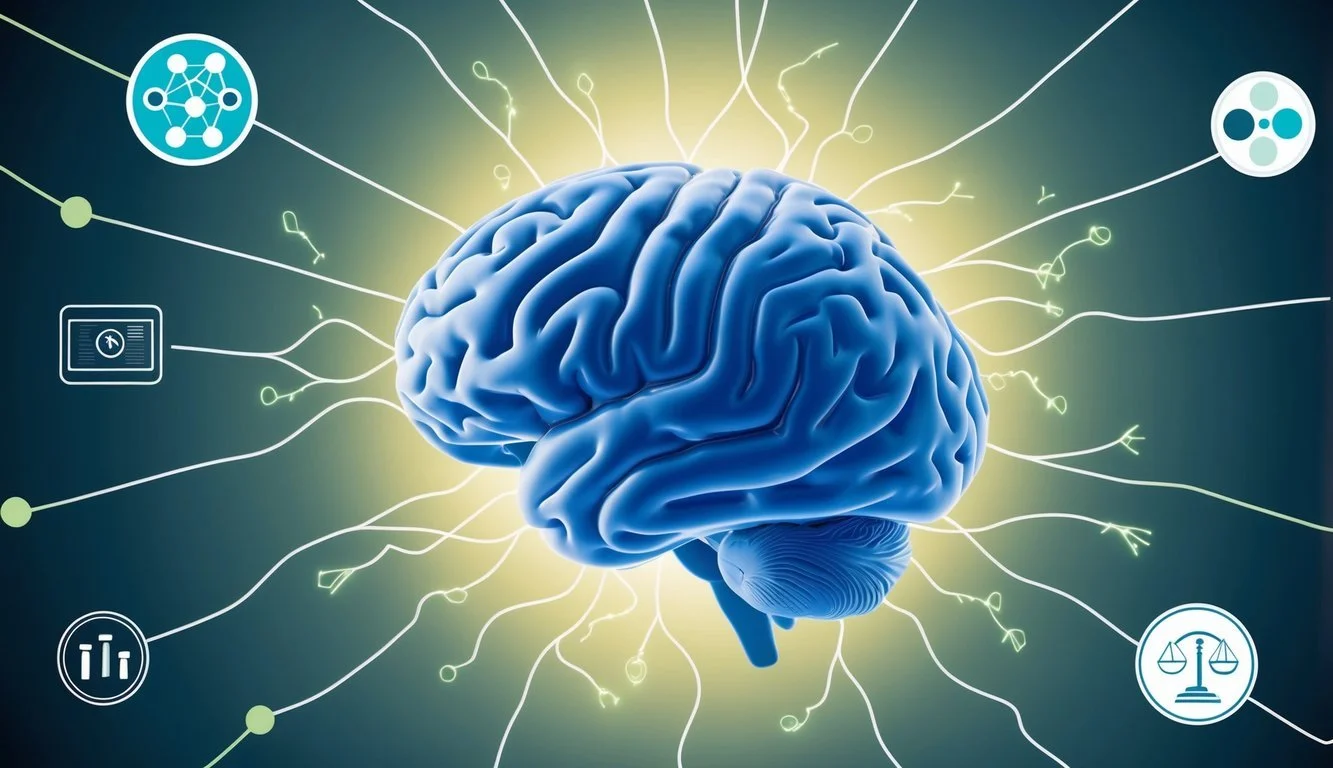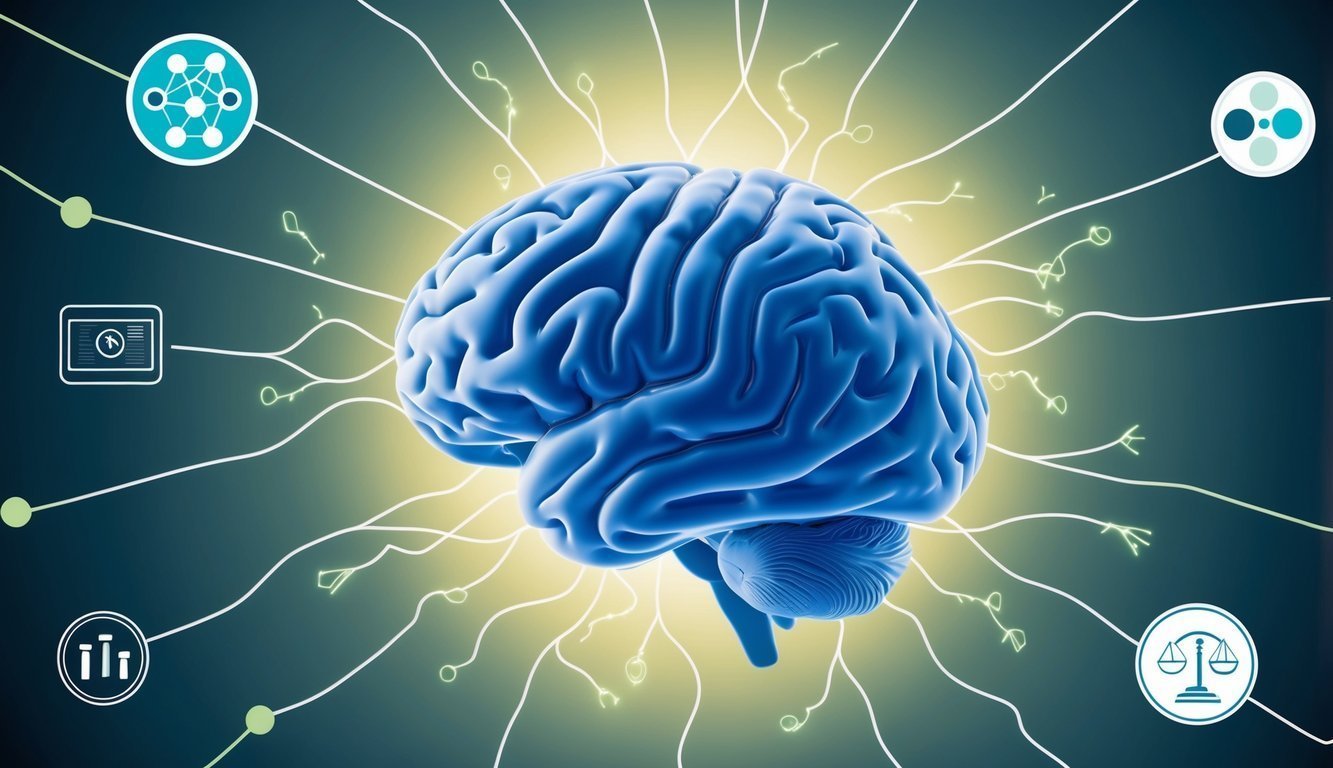PsychNewsDaily Publishers
100 Summit Drive
Burlington, MA, 01803
Telephone: (320) 349-2484
PsychNewsDaily Publishers
100 Summit Drive
Burlington, MA, 01803
Telephone: (320) 349-2484
Learning theories encompass various psychological frameworks that explain how individuals acquire, process, and retain knowledge, emphasizing cognitive, behavioral, and constructivist approaches.

Learning theories offer a framework for comprehending how people acquire, process, and store knowledge. Over time, these theories have developed by integrating insights from a range of academic fields.
Initial learning theories surfaced in the late 19th and early 20th centuries, with John B. Watson and B.F. Skinner leading the charge in behaviorism. This approach centers on observable actions and environmental stimuli, focusing on conditioning and reinforcement.
Cognitive theories rose to prominence in the mid-20th century, with Jean Piaget’s research on cognitive development identifying distinct stages of intellectual progression. Around the same time, Lev Vygotsky introduced the idea of social learning, highlighting the significance of culture and interaction.
Constructivism, as articulated by theorists such as Jerome Bruner, posits that learners actively construct knowledge through experiences and reflection, thereby shifting emphasis to the learner’s inner processes.
Attention is vital in the learning process, entailing the selective focus on certain stimuli while disregarding others. Various forms of attention have been identified, including sustained, selective, and divided attention.
Memory is fundamental for retaining and recalling information. The multi-store model proposed by Atkinson and Shiffrin outlines three stages of memory: sensory, short-term, and long-term, emphasizing the processes of encoding, storage, and retrieval.
Motivation is crucial in steering learning behaviors. Intrinsic motivation arises from personal interest, whereas extrinsic motivation depends on external incentives. Self-determination theory examines how autonomy, competence, and relatedness affect motivation levels.
Neuroscience has shed light on the biological underpinnings of learning, illustrating how the nervous system—especially the brain—undergoes changes during the learning process. Neuroplasticity enables the formation of new neural connections, supporting the notion of a lifelong capacity for learning.

Behaviorist theories concentrate on measurable changes in behavior as indicators of learning. They highlight how environmental stimuli influence behavior through associations and consequences, contributing several key principles to our comprehension of learning processes.
Classical conditioning, established by Ivan Pavlov, is centered on learning through the association of stimuli. In this method, an initially neutral stimulus becomes linked with an unconditioned stimulus that elicits a natural response.
A well-known example is Pavlov’s studies with dogs, where he paired a bell (neutral stimulus) with food (unconditioned stimulus) that caused salivation. After numerous repetitions, the sound of the bell alone induced salivation.
This kind of learning clarifies numerous everyday behaviors and emotional reactions. For example, a child might develop a fear of dentists by associating the sound of a drilling tool with discomfort.
Classical conditioning finds practical uses in therapy, advertising, and educational settings, allowing the creation of positive associations or the elimination of negative responses.
Operant conditioning, conceptualized by B.F. Skinner, investigates how the outcomes of behavior affect its future occurrence. This theory asserts that behaviors that lead to positive results are more likely to be repeated, while those that result in negative consequences are less likely to recur.
Key elements of operant conditioning include:
Skinner demonstrated these principles using “operant chambers,” or “Skinner boxes,” with animals, illustrating how systematic reinforcement could shape behavior.
Principles of operant conditioning are widely utilized in educational methods, parenting strategies, and behavior modification initiatives, forming the foundation for techniques such as token economies and behavior charts.
Behavior modification techniques employ behaviorist principles to alter unwanted behaviors and encourage desirable ones. These strategies are implemented across various domains, including clinical psychology, educational settings, and organizational management.
Common techniques include:
Behavior modification typically involves systematic monitoring, goal-setting, and consistent use of reinforcement schedules. This approach can effectively tackle issues such as phobias, addiction, and classroom management challenges.
Some critics contend that these methods may oversimplify complex human behaviors and overlook cognitive dimensions. Nonetheless, when applied ethically and in conjunction with other strategies, behavior modification remains a valuable resource in psychology and education.

Cognitive learning theories center on how individuals process, store, and retrieve information. These theories stress the significance of mental processes in gaining knowledge and skills.
Jean Piaget’s cognitive development theory delineates four distinct stages that children navigate as they mature. The sensorimotor stage (birth to 2 years) focuses on learning through physical interactions and experiences. The preoperational stage (2-7 years) is characterized by the emergence of symbolic thinking and language.
The concrete operational stage (7-11 years) signifies the onset of logical reasoning and problem-solving skills. Lastly, the formal operational stage (11 years and beyond) encompasses abstract reasoning and hypothetical thinking.
These stages illustrate the development of cognitive skills, which in turn shape an individual’s understanding of their environment. This framework aids educators and psychologists in crafting age-appropriate learning experiences and interventions.
Cognitive learning theories highlight the critical role of memory and cognitive functions in the learning process. Working memory is instrumental for storing and manipulating information during educational tasks.
Long-term memory organizes knowledge into frameworks identified as schemas, which assist individuals in interpreting new information and integrating it with pre-existing knowledge. Metacognition, or awareness of one’s thought processes, represents another vital aspect of cognitive learning theories.
Cognitive load theory posits that learning becomes most effective when the volume of information presented aligns with the learner’s cognitive capacity, influencing instructional design and encouraging educators to optimize the presentation of material to improve learning outcomes.

Social learning and constructivist theories underscore the significance of social interaction and personal experiences in knowledge acquisition, profoundly impacting educational psychology and classroom methodologies.
Lev Vygotsky’s research established a foundation for social constructivism within education. He proposed that learning is fundamentally a social endeavor, influenced by cultural and historical contexts. Vygotsky introduced the “Zone of Proximal Development” (ZPD), representing the distance between what a learner can achieve independently and with assistance.
The concept of the “More Knowledgeable Other” (MKO) plays a key role in Vygotsky’s framework, where this individual—often a teacher or peer—facilitates learning by bridging the ZPD through scaffolding and cooperative learning experiences.
Vygotsky’s insights have inspired educational methodologies that stress the importance of social interaction, collaborative learning, and culturally responsive teaching practices.
Albert Bandura’s social learning theory highlights the crucial role of observation and modeling in the learning process. He posited that individuals learn new behaviors by watching others and mimicking their actions.
Key elements of Bandura’s theory encompass:
The renowned Bobo doll experiment illustrated how children replicate aggressive behaviors they observe in adults, underscoring the significant impact of social models on behavior acquisition.
The constructivist approach to education promotes active engagement and experiential learning. In such an environment, students are encouraged to:
Teachers serve as facilitators, guiding students through inquiry-based activities that promote critical thinking. This methodology acknowledges that learners bring unique experiences and prior knowledge into the classroom.
Constructivist practices often feature:
These approaches aim to foster meaningful learning that links new knowledge to students’ existing understanding.

Humanistic and experiential learning theories center on personal development, self-actualization, and interactive experiences in education. These philosophies stress the learner’s proactive role in constructing knowledge through engagement with their environment.
Abraham Maslow’s hierarchy of needs serves as a foundation for humanistic learning theory. This model posits that for learners to engage fully in higher-level learning, their basic physiological and safety needs must first be fulfilled.
The hierarchy comprises five levels:
Educators applying Maslow’s theory strive to foster nurturing learning environments that cater to all levels of the hierarchy, acknowledging that emotional and social needs significantly influence students’ capacities to learn and excel.
Self-actualization, the apex of the hierarchy, represents the ultimate objective of humanistic education, where learners strive to realize their full potential and engage in ongoing personal development.
Carl Rogers proposed a theory of experiential learning that values personal involvement and self-directed exploration within educational frameworks. This approach acknowledges the unique experiences and viewpoints of each learner.
Fundamental principles of Rogers’ theory include:
Rogers asserted that significant learning occurs when the subject matter is relevant to the student’s interests. He promoted a learning atmosphere that encourages exploration, creativity, and self-guided inquiry.
Experiential learning typically involves hands-on experiences, group discussions, and reflective exercises. These methods empower students to connect theoretical principles with real-life applications, deepening their comprehension and retention of knowledge.